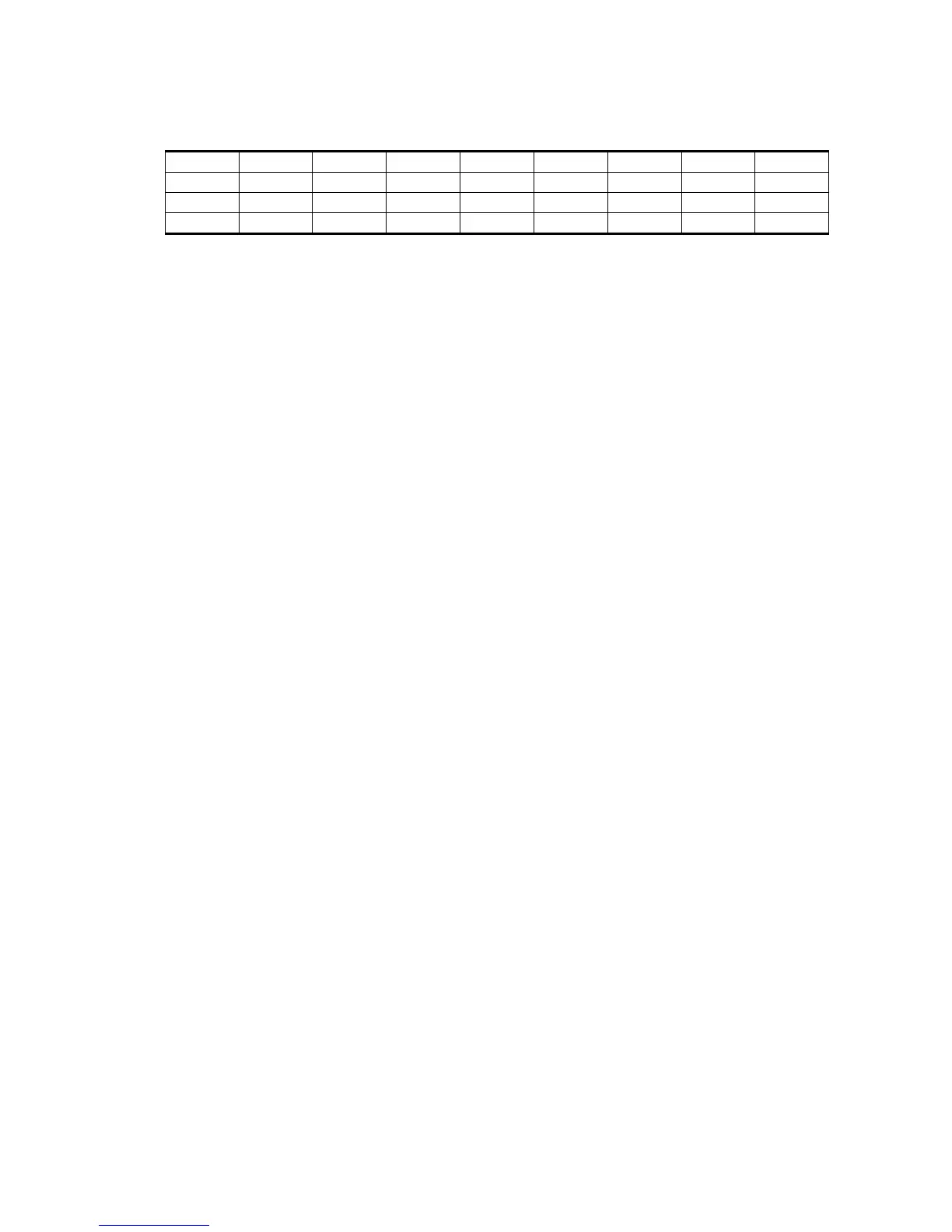Chapter 6 ______________________________________________________ Processing Algorithms
VAISALA______________________________________________________________________ 195
Notice that we can now re-tune the constants and operate with C
1
= 13dB
and C
2
= 18dB (fourth column); which yields a low 2.8% "Missed" rate,
and an extremely low 0.01% false alarm rate. Since the false alarm rate is
(approximately) independent of the interference power, these filter settings
would leave all "clean" weather virtually untouched, that is, we would have
a very safe filter that is intended only to remove fairly strong interference.
Such a filter could be left running at all times without too much worry
about side effects.
6.1.6 Large-Signal Linearization
The RVP900 is able to recover the signal power of targets that saturate the
IF-Input A/D converter by as much as 4 deciBels to 6 deciBels. This is
possible because an overdriven IF waveform still spends some of its time
in the valid range of the converter, and thus, it is still possible to deduce
information about the signal.
Figure 37 on page 194 shows actual signal generator test measurements
with normal A/D saturation (lower line), and with the extrapolation
algorithms turned on (upper line). The high-end linear range begins to roll
off at approximately +10 dBm versus +5 dBm, and thus has been extended
by 5 dB.
13.0dB 2.6% 1.83% 2.6% 0.62% 2.6% 0.20% 2.8% 0.01%
14.0dB 1.9% 1.45% 1.9% 0.50% 1.9% 0.12% 2.6% 0.01%
16.0dB 1.3% 0.90% 1.3% 0.30% 1.3% 0.05% 5.8% 0.00%
20.0dB 3.1% 0.39% 3.1% 0.12% 2.0% 0.01% 31.5% 0.00%
Table 12 Algorithm Results for +26 dB Interference (Continued)

